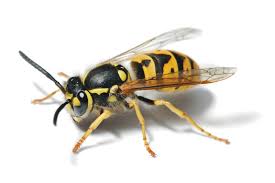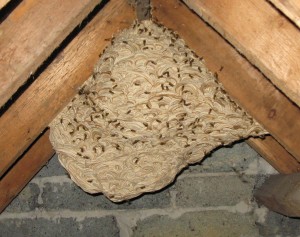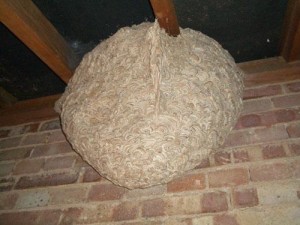Introduction:
Welcome to our comprehensive guide on wasp control and prevention. Wasps can be a considerable threat, posing both safety and nuisance issues to homeowners. Understanding their behavior, appearance, and nesting habits is vital in effectively dealing with wasp infestations. Our expert service technicians are here to provide you with high-quality solutions and support to tackle your wasp problem using safe and effective techniques. Rest assured, we’ll guide you every step of the way to ensure a wasp-free environment for your home and garden.
Understanding Wasps:
Wasps are flying insects with slender bodies, typically ranging in size from 0.5 to 1 inch. They have smooth, shiny bodies and are commonly identified by their bright yellow and black coloration. Wasps have a narrow waist and two pairs of wings, and they can deliver painful stings when they feel threatened.
Nesting Habits:
Wasps build nests in various locations, such as eaves, attics, wall voids, and trees. Common species, like yellow jackets, often build nests in the ground. Wasp nests are made of a papery substance created from chewed wood fibers mixed with saliva, giving them a distinctive appearance.
Signs of Wasp Activity:
Identifying wasp activity is essential for early intervention. Look out for frequent sightings of wasps around your home, especially near potential nesting sites. If you notice an increased number of wasps entering or exiting a specific area, it may indicate the presence of a nest nearby.
Wasp Sting Risks:
Wasps are defensive creatures and can sting when they feel threatened. For some individuals, wasp stings can cause severe allergic reactions. It’s crucial to exercise caution around wasp nests and seek professional help for their safe removal.
Attractants in Your Garden:
To minimize wasp attraction to your garden, follow these simple steps. Keep outdoor food and drinks covered, especially sweet beverages. Dispose of trash properly and maintain clean outdoor spaces. Reduce standing water sources to avoid attracting wasps.
Wasp Nest Removal:
Attempting to remove a wasp nest without proper training and equipment can be dangerous. It’s best to leave nest removal to professional pest control experts. They have the expertise and protective gear needed to safely handle wasp nests.
Preventing Wasp Infestations:
Effective prevention can minimize wasp infestations around your property. Seal any gaps or cracks in your home’s exterior, including around windows and doors. Regularly inspect your property for potential nesting sites and have them removed professionally.
For professional assistance in wasp control and prevention, don’t hesitate to contact us at [Your Contact Number]. We guarantee a personal and top-notch service, guiding you through every step of the process. Ensure a wasp-free environment and protect your family and property from the potential risks posed by these stinging insects.


